Banjo Neck Adjustments
While I am not suggesting any chiropractic manipulations here, adjusting your banjo neck will bring just about as much “relief” to your banjo playing as a good visit to your local doctor can do for your back and neck! Tests, tests, more tests….yes, I have a few for you to try! They can be fun, they ARE effective, and, remember our motto “YOU CAN DO IT!”
Adjust my truss rod? Touch my coordinator rods? These are oftentimes the most stress producing adjustments for any banjo player, beginner or seasoned! And rightly so! If done without due caution and respect, adjusting a coordinator rod or truss rod has the potential to cause your banjo permanent harm. But, equipped with just a few very basic tools, these adjustments can also bring you wonderful playing comfort and sound! So, let’s get started, as always, with a few “basics”…
TOOLS:
Each banjo manufacturer uses hardware with specific dimensions. For simplicity’s sake, I will tell you what you need to use for our Goodtime and Deering banjos.
- For the truss rod adjustment, you will need a ¼” truss rod/socket wrench. These are modestly priced. You may have one in your home tools already or you can find them at a hardware store.
You can easily acquire one here as well. - For the coordinator rods inside the pot assembly, you will need a ½” open-ended wrench to work the nuts around the co-rod itself.
- A clip on capo of any kind. Shubb makes an excellent one that is reasonably priced.
Buy one here... - A small ruler that can measure in 1/8” increments.
- A credit card (no not for buying stuff!) or two business cards to measure 1/64” .
THE BASICS--WHY ADJUST THE NECK?
Banjo necks are made of wood. As such, they are subject to the powers of humidity and dryness that are part of the world around us. This means they actually can bend, bow, shrink, expand, twist, and do the Hokey-Pokey…no, WAIT, they can’t really do that last one!
Did you know that a banjo neck is not actually straight? I know it may LOOK that way but it has what I like to call a gentle “Mona Lisa” smile; a gentle upward curve that allows the strings to meet the frets at the same angle all the way up the neck to prevent buzzing. Buzzing is the sound you get when the string vibrates in places you DON’T want it too. The truss rod will help you adjust the “neck relief” for proper sound production.
Excess humidity’s effect on the banjo neck is, as our sales manager likes to say, kind of like being pregnant…you get a back bow (a bump going up in the middle) as the neck bows backwards instead of upwards. Flattening of the neck is a minor reaction to humidity; not as severe as a back bow. This happens more frequently to players than the back bow.
The effect of excess dryness will make the neck “cup” upwards; more of a big grin then a gentle smile. As the neck shrinks, you can sometimes see the fret ends stick out since they are made of metal and will not be directly affected by the weather. Sometimes you will have the fret ends “dressed” or sanded by a luthiers. He will take care not to make them to short so that if the neck swells again, you don’t run into any new issues with them.
The “action” or the distance between the bottom of the string and the top of the fret is set at 1/8” at the 22nd fret on a Deering/Goodtime banjo. This action height makes it easier for the player to fret, making playing more effortless. Using the coordinator rods in the pot, you can re-adjust your action up or down to suit your personal playing preference.
NOW THE FUN BEGINS:
Learn More Banjo Maintenance Tips
THE TRUSS ROD TEST:
This is the test you use to determine if you need to adjust the “relief” of your banjo neck.
Tools: clip on capo, credit card/2 business cards for the 1/64” gauge
1. Using a clip on capo, attach the capo at the first fret.
2. Hold your finger down at 22nd fret.
3. Using the credit card/two business cards, slip them between the fret and the string at the 7th fret to check the clearance. They should slip through easily without too much clearance or any rubbing.
A Deering neck should have a 1/64” (.015-.020”) clearance at the 7th fret.
4. If you have too much clearance, you need to tighten the truss rod nut.
5. If you don’t have enough clearance, you need to loosen the nut.
TRUSS ROD ADJUSTMENT:
The truss rod in your neck is used to adjust the curve/relief of the neck. Deering truss rods provide the ability to adjust the neck to arch back, flat, or bow up.
TOOLS: ¼” deep socket wrench/nut driver, small Philips screw driver, pen
- Take off the truss rod cap located in the front of the peghead using the small Philips screw driver.
- Use a pen to mark a line on the truss rod nut and the wood around it; this allows you to see how far you have turned the nut during the adjustment procedure.
- Set the banjo on a table with the peghead toward you and the neck extending away from you.
- When looking at the truss rod nut in this position:
- Turning the nut CLOCKWISE tightens it; arches the neck back/flattens a bow.
- Turning the nut COUNTER CLOCKWISE loosens the nut, putting a bow in the neck.
- When turning the truss rod nut, be sure to turn it JUST SLIGHTLY, about 1/8 to ¼ of a turn. Do the truss rod test again to see if the relief is now at the right height.
CAUTION: If you do this adjustment yourself, keep in mind that if you are not careful you can break the truss rod making your neck impossible to adjust in the future.
THE ACTION TEST:
Action is the distance/clearance between the bottom of the string and the top of the fret. Action height can be a matter of personal preference to some degree. At Deering we set the action at 1/8” at the 22nd fret; any lower and you might get buzzing/vibrating of the string against the fret as you play. Many professional players prefer their action at ¼” clearance. If you pick hard, this action height might work best for you to provide enough space for string vibrations. Hammer-ons and pull offs are clearer with higher action.
The coordinator rod on the inside of the pot/rim of the banjo is used to adjust the action of the banjo neck. The coordinator rod also serves to firmly anchor the neck to the rim, making a stable unit.
ACTION ADJUSTMENT:
TOOLS:
Nail/small Allen wrench, ½” open end wrench
- Using the small nail or Allen wrench, hold the lower rod (the one furthest away from the banjo head; Goodtime banjos only have one rod) still by passing the nail through the hole in the coordinator rod. If you fail to do this, you might loosen the neck joint as the coordinator rod is connected to the hanger bolt of the neck as well.
- You might have to loosen the upper rod nut (closer to the head) to make the adjustments easier. Remember to snug down the nut again when you are done.
- Using the ½” open end wrench, turn the nuts by the tailpiece side of the rim to adjust the action while holding the rod still. Turn the nuts only 1/4 turn at a time and check the action. Overturning of the nuts can break the rim, strip the hanger bolt, or pull the hanger bolt out of the neck. Make sure all the nuts are snug when done.
TO LOWER ACTION/STRING HEIGHT: Loosen the nut INSIDE of the maple rim and tighten the nut on the OUTSIDE of the rim.
TO RAISE ACTION/STRING HEIGHT: Loosen the nut on the OUTSIDE of the maple rim and tighten the nut on the INSIDE of the rim.
NECK ALIGNMENT TO THE RIM:
Our Deering maintenance manual says “On a Deering banjo with a maple rim and bell bronze tone ring, the neck alignment to the rim is carefully set at the factory and is not meant to be easily tampered with. If you feel some adjustment is necessary, have an experienced repairman do it.” A WORD TO THE WISE FROM GREG DEERING.
THE LOOSE NECK:
A loose neck will cause a loss in good sound production. The vibrations from the neck to the pot suffer because the banjo is no longer one solid unit.
A banjo neck can become loose if you forget to put the nail/Allen wrench in the hole of the coordinator rod when adjusting the action. This allows the co-rod to rotate and loosen the hanger bolt neck attachment.
Re-tighten the coordinator rod to the neck’s hanger bolt by:
- Loosen the coordinator rod nuts on both rods (and one in the case of a Goodtime banjo).
- Make sure the neck is properly aligned at the tension hoop.
- Place the nail through the hole in each rod and turn it to tighten the neck.
- After the rods are again tight, you may need to re-set the action.
- Recheck the truss rod adjustment as above.
THE BOSTON BANJO—SPECIAL ADJUSTMENT PROCESS:
This model Deering has a different neck adjustment. The neck attaches to the rim through oblong holes in the steel rim so you can push/pull the neck up/down. Loosen the extension nut and coordinator rod inside the rim and gently slide the neck up or down to get the proper action adjustment. The fingerboard must sit, at minimum, slightly above the level of the tension hoop and head.
It is possible for the extension nuts to work their way loose in time on a Boston Banjo. If the neck is loose, tighten it by using a 5/16” bracket wrench on the extension nut that holds the neck on if needed. Tighten the coordinator rod as suggested above using the nail to rotate the rod.
IN CONCLUSION:
If you have made it this far in your reading, THANK YOU! This is a long article filled with information you will need someday. File it away for future reference and let me know what you think when you have the time to write.
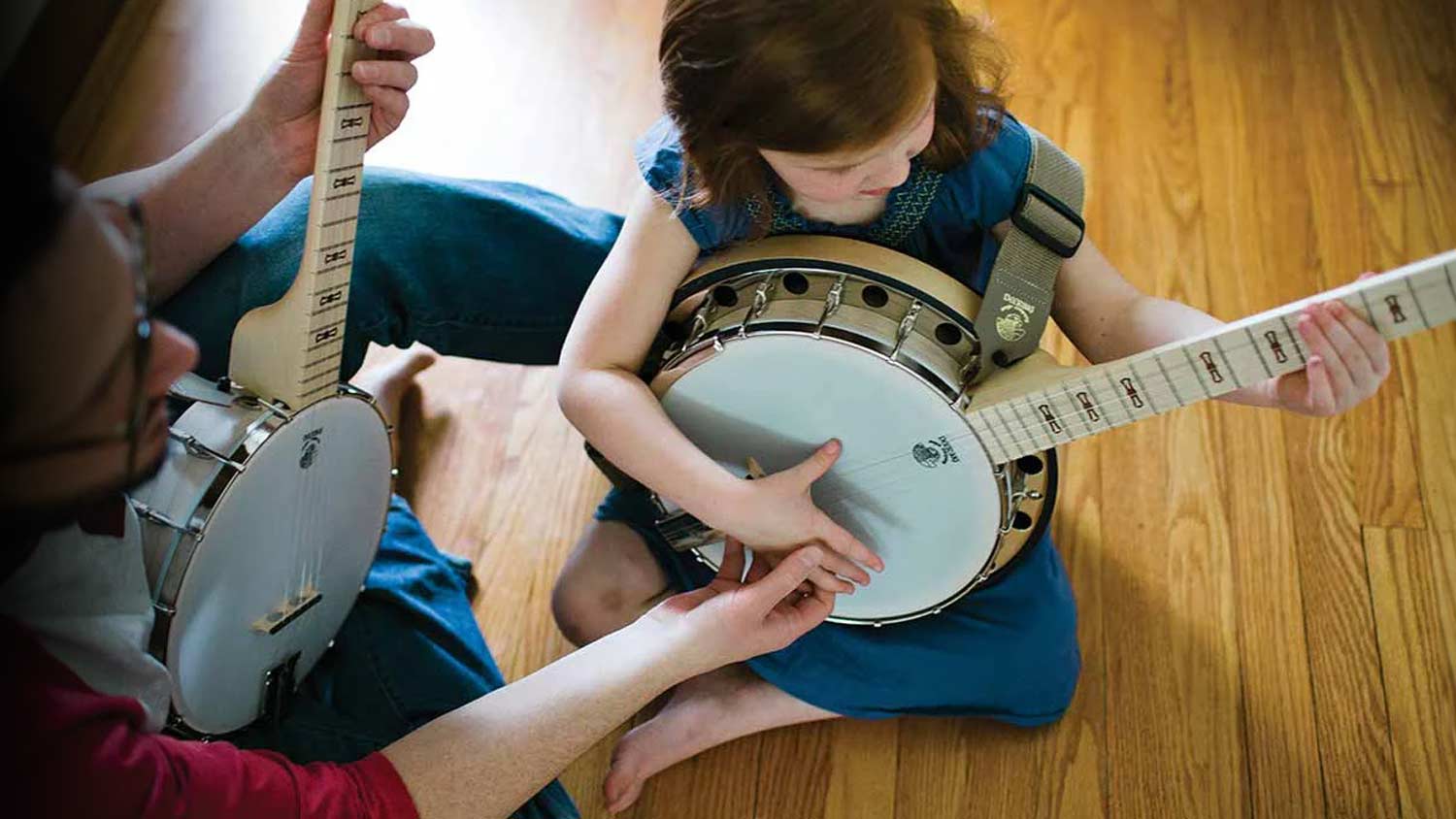



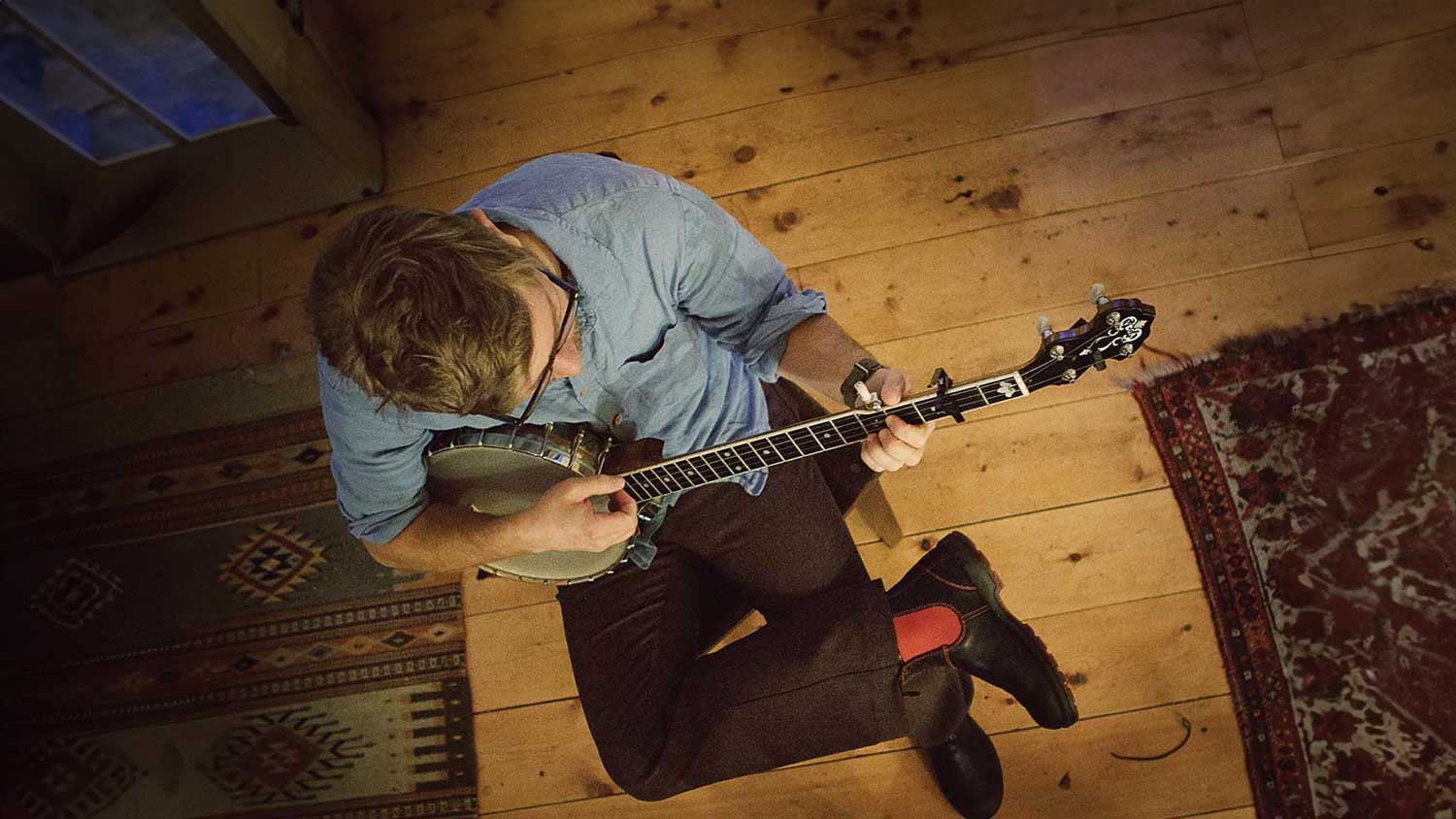
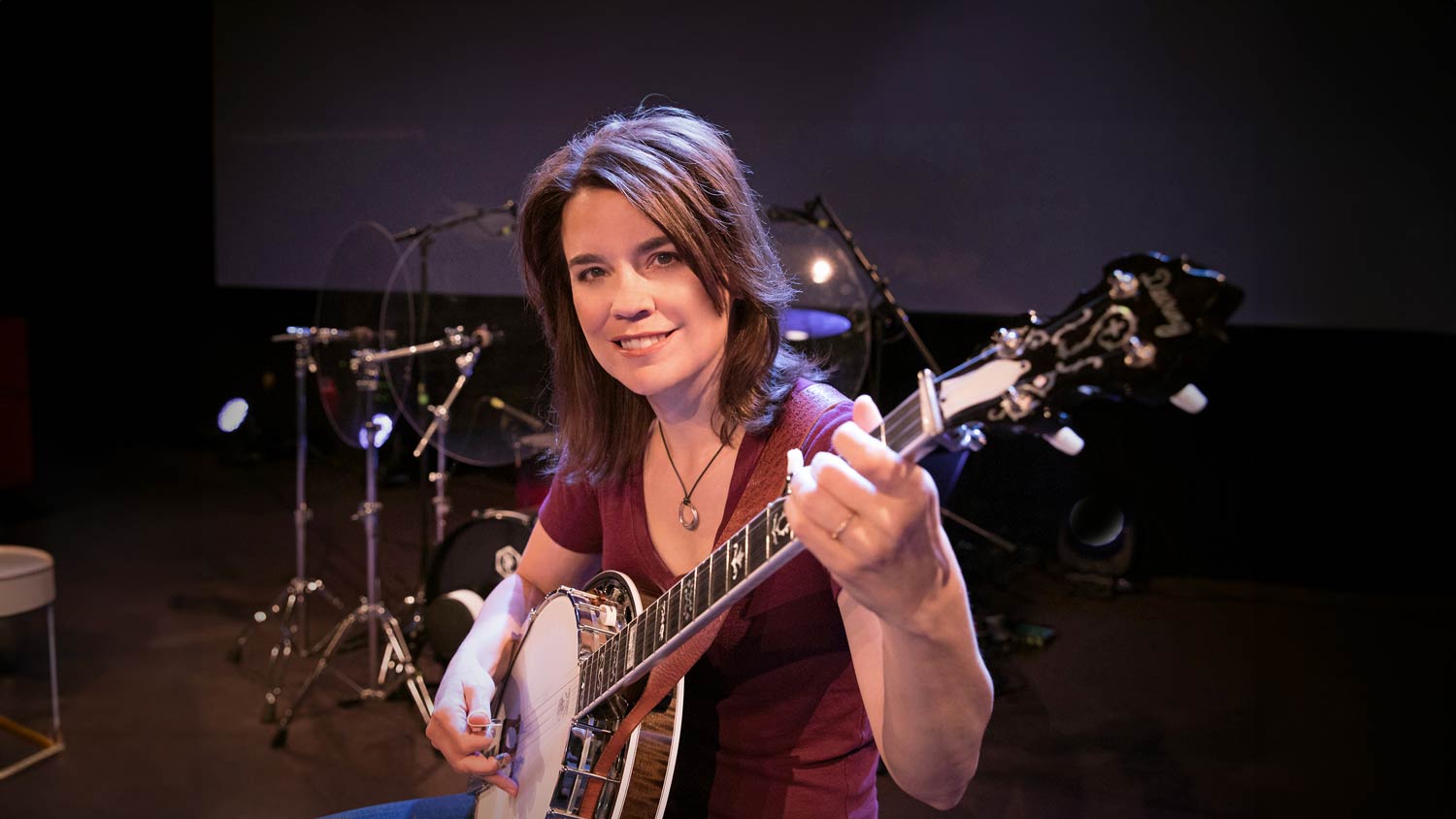

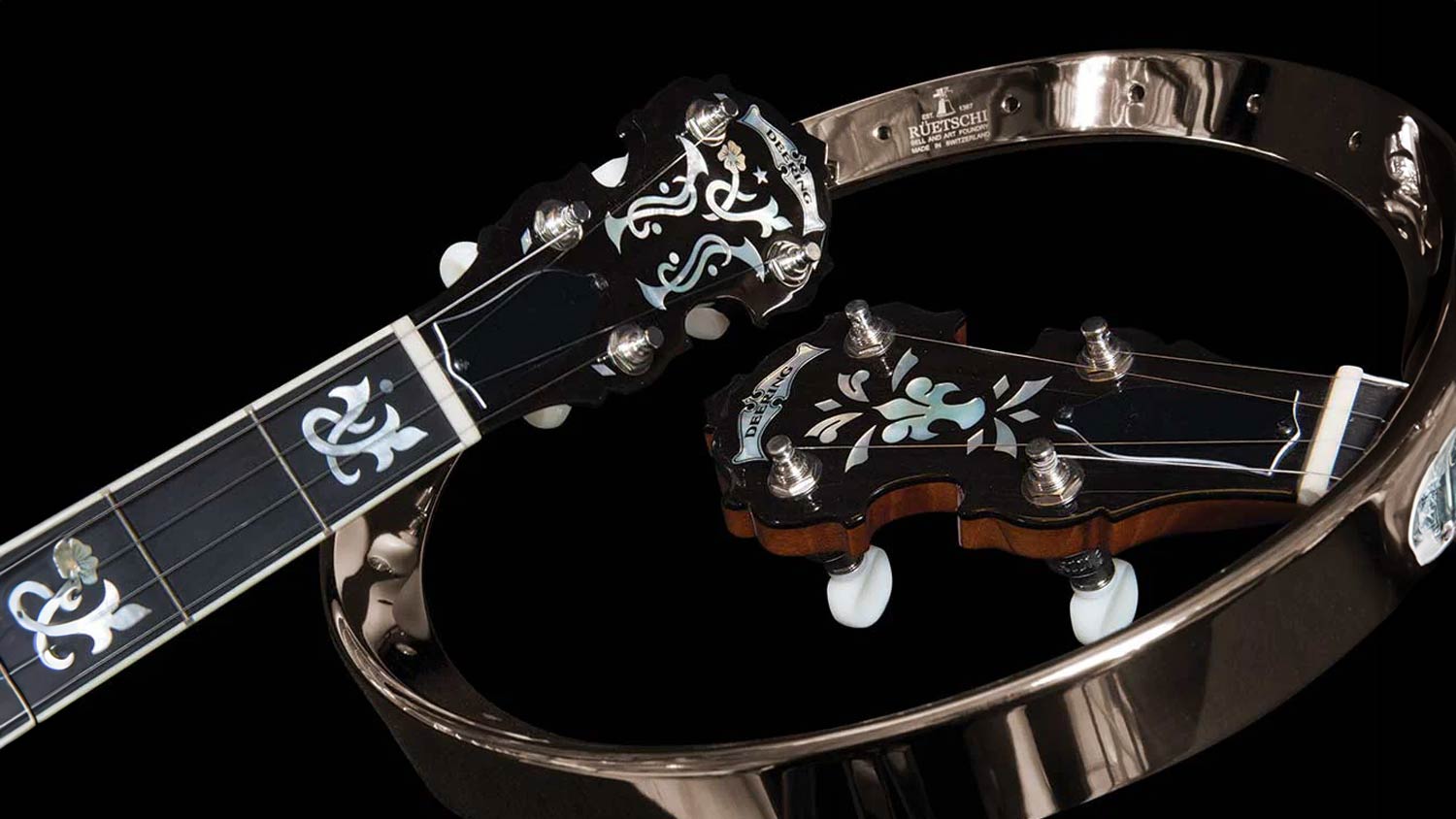

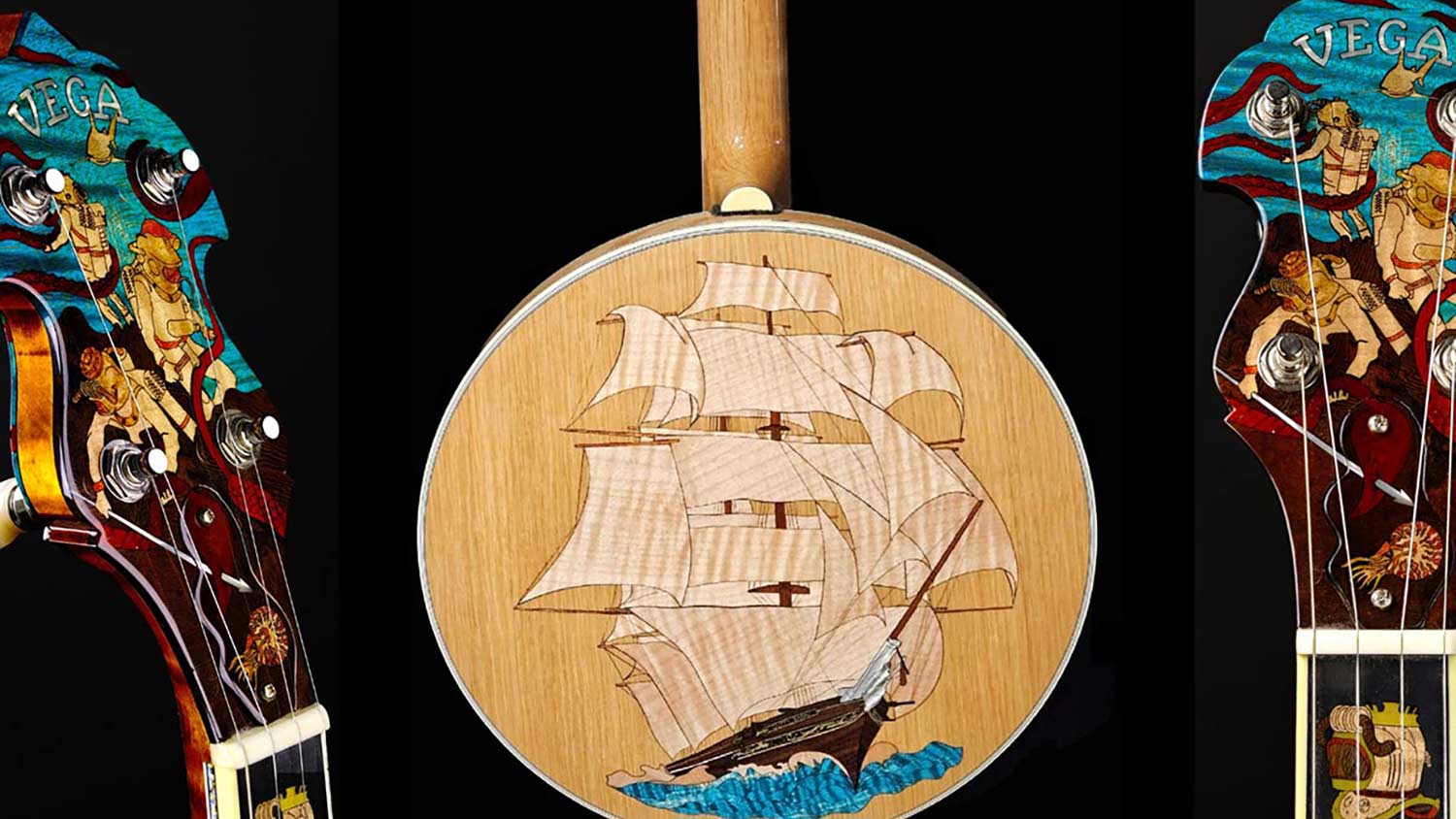





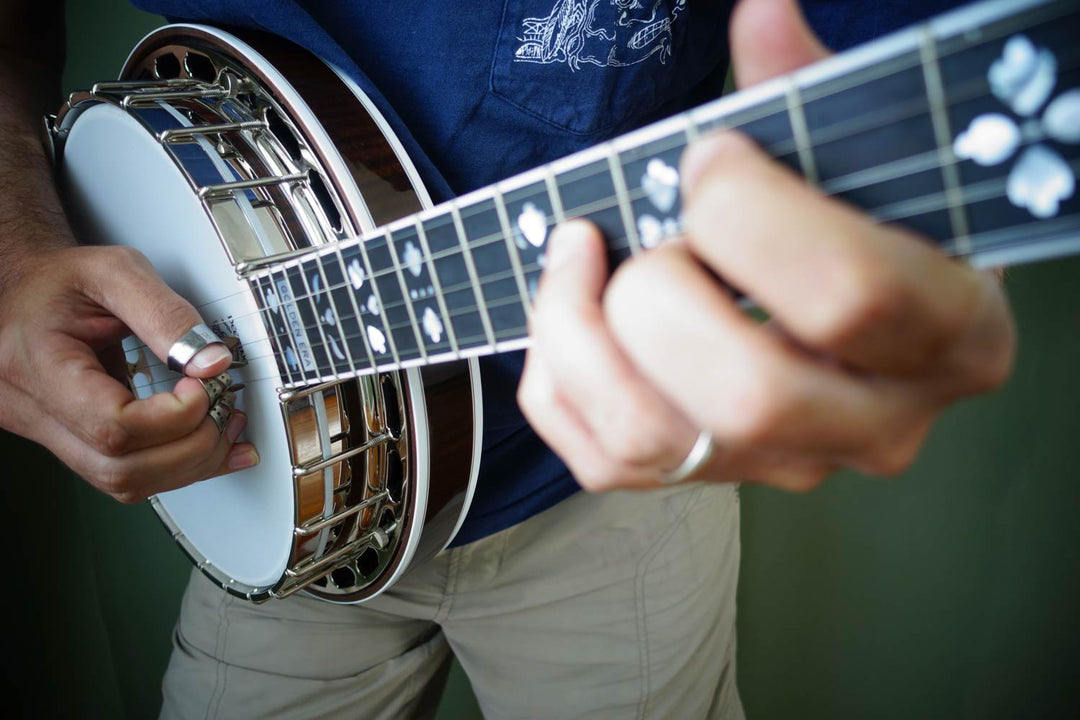
Online slot games are in great demand by many players who are hunting for big jackpot prizes. However, to win the jackpot, special tricks and strategies are needed besides just relying on luck. This game offers a variety of interesting features, ranging from display quality, music sound, to stunning themes. Don’t miss it! If you are interested in knowing more about slot games, you can visit this site https://marveltribune.com/
Yikes! You’re actually suggesting people adjust their action height by distorting the rim?? Isn’t that like using a sledgehammer to crack a nut? Every luthier I’ve asked about that has said it’s a bad idea. And while I’m usually careful with instruments, I have personally broken a banjo shell by turning a tension-rod neck just a bit too far (unfortunately this was before I consulted those luthiers).
You make banjos, so obviously I can’t tell you what to do… But it seems much safer and more practical to use a higher or lower bridge, and/or add one or more shims of required thickness between the neck (heel) and shell (above or below the rod for raising or lowering action, respectively).
what a great article, as I was taught from my parents remember A,B,C when writing
A = Accuracy
B = Brevity
C = Clarity
albeit it is quite a long article it encompasses the above, I thoroughly enjoyed reading this and learned a few things in the process ,and for that thank you
Professional SEO has become a tainted business, because the work is very technical it is best suited
for people who have learnt the industry and have experience,
this can be quite rare with modern marketers though
I will surely be returning, ’tis a great site!
Just aquired a B6. Can action be adjusted on these. Relief was a bit much, so I just gently tightened the truss. Measures correctly, but action still a tad high for my taste. thanks
Leave a comment